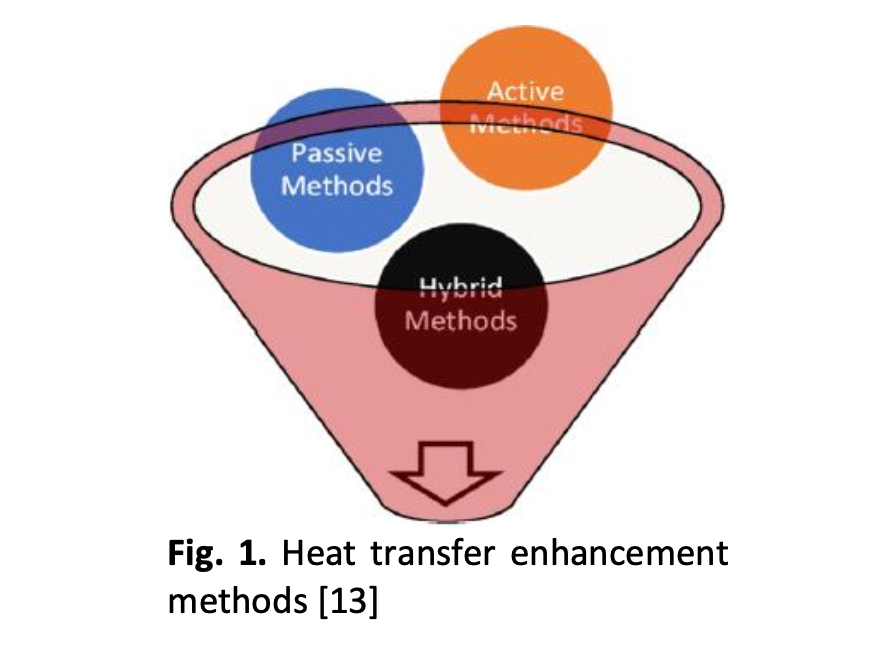Effect of Magnetic Flow and Convective Heat Transfer Enhancement Using Hybrid Nanofluid: A Structured Review
DOI:
https://doi.org/10.37934/arfmts.115.2.1332Keywords:
Hybrid nanofluid, MHD flow, convective heat transfer enhancementAbstract
Convective heat transfer is vital in a variety of engineering applications, including thermal management systems, electronic refrigeration, and energy conversion devices. Improving the rate of heat transfer in these systems is of the utmost significance for increasing their efficiency. This review focuses on the single and combined effects of these parameters on improving heat transmission in such systems. The heat and mass transfer of nanofluid is greatly influenced by various factors, including the intrinsic features of the nanofluid, the process used for synthesising the nanofluid, the impact of magnetic force, the concentration and size of nanoparticles, and the Reynolds number (Re). Furthermore, it is important to note that the material characteristics, thermal properties, and performance of magnetic nanofluids are significantly influenced by slight variations in the magnetic force and magnetic field gradient. Multiple research projects have reached the agreement that the inclusion of a magnetic field within magnetic nanoparticles enhances the convective heat transfer capabilities of a nanofluid, resulting in an improvement ranging from around 13% to 75%. Moreover, several applications of hybrid nanofluids in thermal systems have been introduced.
Downloads
































